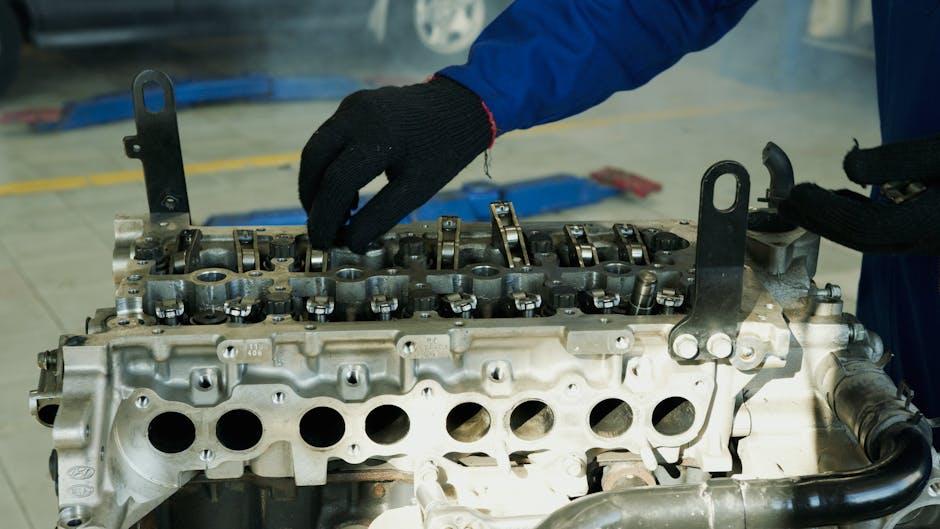Imagine handing over the keys to your vehicle with a mix of curiosity and caution, wondering what’s truly happening as a professional mechanic takes a closer look. A car inspection can feel like a mystery wrapped in metal—yet it’s a crucial ritual for ensuring your vehicle’s safety, performance, and longevity. In this article, we’ll demystify the process, exploring what to expect during a professional car inspection. From the meticulous checks under the hood to the detailed evaluation of tires and brakes, understanding the steps involved can transform apprehension into confidence, helping you appreciate the thorough care your car receives. Whether you’re prepping for a routine check or gearing up for a big purchase, knowing what goes on during an inspection is a roadmap to smarter, safer driving.
Table of Contents
- Understanding the Initial Walkaround and Visual Assessment
- Decoding the Engine and Fluid Checks
- Exploring the Suspension and Brake System Evaluation
- Unpacking the Interior and Electrical Components Inspection
- Navigating the Road Test Experience
- Interpreting the Final Report and Recommendations
- Q&A
- Insights and Conclusions
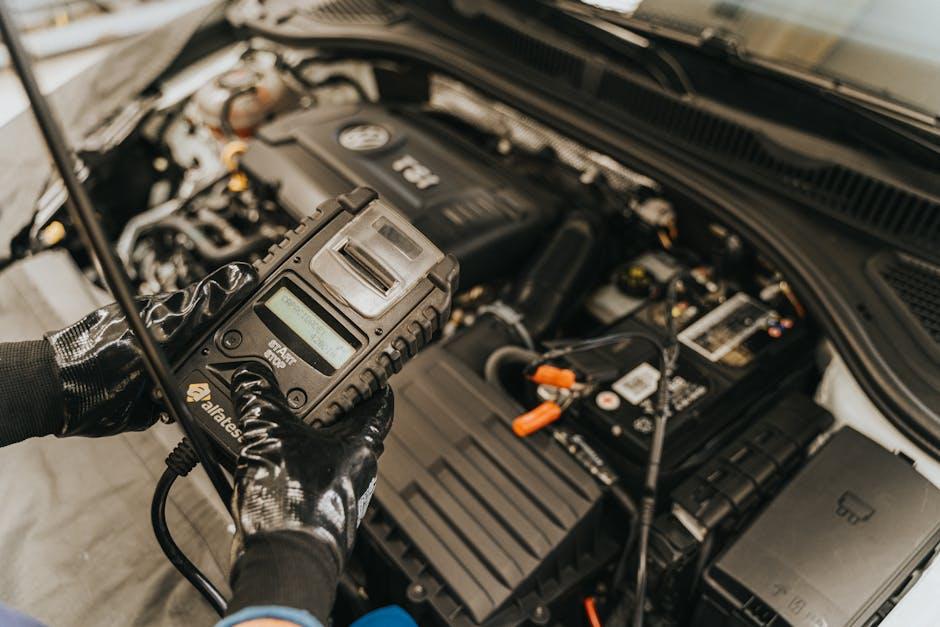
Understanding the Initial Walkaround and Visual Assessment
At the start of a professional car inspection, the examiner conducts a thorough exterior walkaround, which sets the foundation for the entire assessment. This visual survey involves scrutinizing the body panels for dents, rust, or mismatched paint that could indicate previous damage or poor repairs. Tyres receive a close look to evaluate tread depth and sidewall condition, ensuring safety and compliance. Lights, mirrors, and windows are inspected to confirm they are intact and functioning, while seals and gaskets are examined for potential leaks. This methodical process helps identify any immediately visible issues before the inspection dives deeper.
Additionally, the walkaround often includes a quick check under the hood, where fluid levels and general engine condition are observed. Inspectors might note abnormalities like corrosion on battery terminals or signs of oil leaks, which can hint at underlying mechanical problems. The overall goal during this phase is to establish a visual baseline. Below is a simple overview of key elements typically reviewed:
- Exterior condition: scratches, dents, paint condition
- Tires: tread depth, wear patterns, inflation
- Lights & Glass: function and integrity
- Engine bay: fluid levels, leaks, corrosion
- Underbody: visible rust or damage
| Inspection Area | What to Look For | Why It Matters |
|---|---|---|
| Paint and Bodywork | Dents, scratches, discoloration | Indicates past accidents or repairs |
| Tyres | Wear patterns, tread depth | Ensures traction and safety |
| Lights & Cameras | Cracks, brightness | Critical for visibility and legal compliance |
| Engine Bay | Leaks, fluid levels | Signals mechanical health |
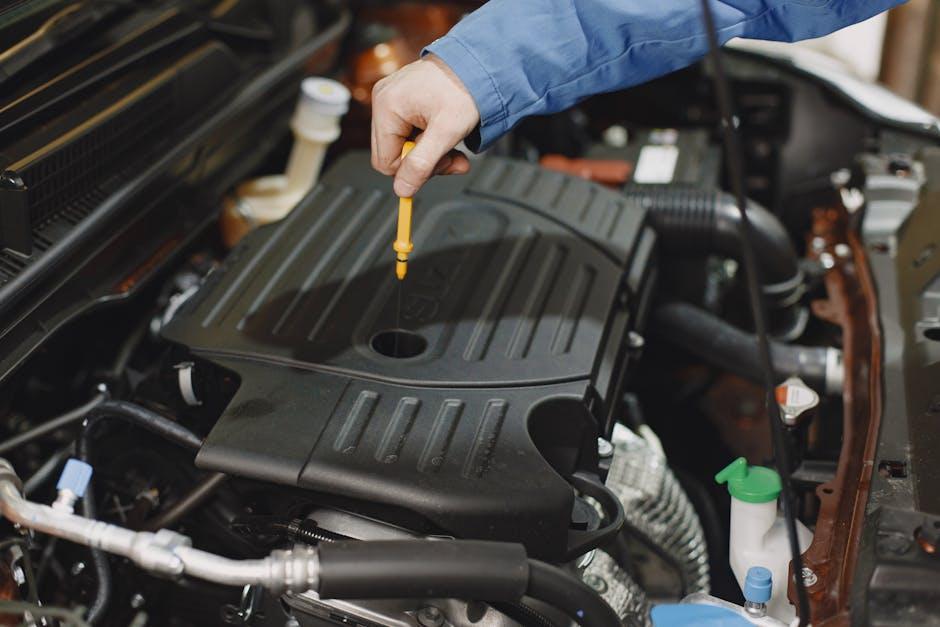
Decoding the Engine and Fluid Checks
When a mechanic performs a thorough engine check, they’re not just looking under the hood for obvious problems. They dive deep into the heart of your vehicle, assessing everything from the condition of the spark plugs to the timing belts and engine mounts. By examining these critical components, professionals can detect early signs of wear and tear or potential failures that might not yet impact performance but could lead to costly repairs down the road. This detailed inspection ensures your engine runs smoothly, efficiently, and safely for miles to come.
Fluid levels and quality are equally scrutinized during this process. The mechanic checks essential fluids such as engine oil, transmission fluid, brake fluid, and coolant, ensuring they maintain the right levels and remain uncontaminated. Below is a simple checklist highlighting the typical fluids inspected and their key indicators:
| Fluid | What Is Checked | Signs of Issue |
|---|---|---|
| Engine Oil | Level, color, and consistency | Dark, gritty oil or low levels |
| Transmission Fluid | Color and smell | Burnt smell or cloudy appearance |
| Brake Fluid | Clear and at proper level | Discolored or low fluid |
| Coolant | Level and contamination | Rusty or murky coolant |
Maintaining the right fluid balance is crucial for preventing engine overheating, ensuring smooth transmission shifts, and guaranteeing responsive braking. These meticulous checks not only uphold vehicle reliability but also protect your long-term investment.
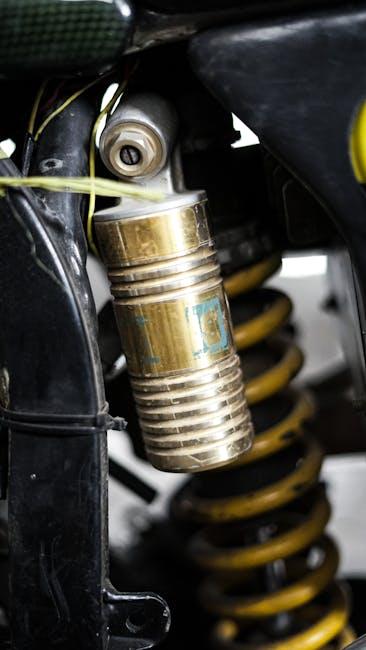
Exploring the Suspension and Brake System Evaluation
During a professional inspection, the car’s suspension system unfolds its secrets to the expert’s keen eyes and hands. Inspectors meticulously examine shocks, struts, springs, and linkages, ensuring that each component absorbs road imperfections smoothly and maintains vehicle stability. They look for subtle signs of wear such as leaks, rust, or unusual noises that could hint at future issues. Checking alignment and tire condition complements the suspension evaluation, revealing the car’s ability to provide a comfortable and safe ride under diverse driving conditions.
The brake system evaluation is equally comprehensive, focusing on performance and safety. Technicians inspect discs, drums, pads, and fluid levels, assessing the wear pattern and thickness to guarantee effective stopping power. They may also test for uneven brake pad wear or vibration, which could signal alignment or rotor issues. Below is a quick reference brake component checklist often used during inspections:
| Component | Key Checkpoints | Common Issues |
|---|---|---|
| Brake Pads | Thickness & wear pattern | Uneven wear, thinning |
| Brake Discs/Rotors | Surface condition & warping | Grooves, cracks, vibration |
| Brake Lines & Fluid | Leaks & moisture contamination | Corrosion, fluid degradation |
| Brake Calipers | Functionality & hydraulic pressure | Sticking or leaking calipers |
- Shock absorption ensures better control and comfort.
- Brake system integrity guarantees safety in stopping distances and driver confidence.
- Timely maintenance prevents costly repairs and extends vehicle lifespan.

Unpacking the Interior and Electrical Components Inspection
Inside your vehicle, professionals conduct a meticulous assessment of all interior features to ensure safety, comfort, and functionality. This includes checking the condition and operation of seat belts, airbags, and dashboard indicators. Inspectors also verify the integrity of electronic controls like the infotainment system, climate control, and lighting panels. These components, though often overlooked, play a crucial role in maintaining an optimal driving experience and ensuring compliance with safety regulations.
Electrical systems receive special attention, with tests performed on battery health, wiring, and fuses to prevent unexpected failures. The precise functioning of headlights, taillights, brake lights, and turn signals is confirmed, as these are vital for visibility and communication on the road. Below is a snapshot of common items examined during the inspection:
- Dashboard warning lights
- Power window and door locks
- Horn and interior lighting
- Battery charge and terminals
- Electronic control units (ECUs)
| Component | Key Checkpoint | Typical Issue |
|---|---|---|
| Seat belts | Tension and locking mechanism | Fraying or failure to lock properly |
| Battery | Voltage and terminal corrosion | Weak charge or poor connection |
| Headlights | Brightness and alignment | Dim bulbs or misdirection |

Navigating the Road Test Experience
During your professional car inspection, expect a thorough evaluation that goes beyond a simple visual check. Inspectors meticulously examine every critical component to ensure your vehicle meets safety and performance standards. From the brakes and tires to the headlights and exhaust system, no part escapes scrutiny. Be prepared to answer questions about your vehicle’s history and maintenance records, as these details can help expedite the process. Knowing what the inspector will focus on gives you the advantage to prepare and possibly make minor fixes beforehand, enhancing your chances of passing smoothly.
Beyond the physical assessment, the experience often includes an interactive demonstration where the inspector tests your vehicle’s functionality under real conditions. This can involve a brief road test where responsiveness, handling, and brake efficiency are observed. Understanding the key checkpoints can help calm nerves and keep you engaged during the inspection. Here’s a quick overview of the typical areas assessed:
- Braking system: Pads, discs, fluid levels.
- Steering and suspension: Alignment, shock absorbers.
- Lighting and signals: Headlights, brake lights, indicators.
- Tire condition: Tread depth, pressure.
- Emission levels: Exhaust smoke, pollution checks.
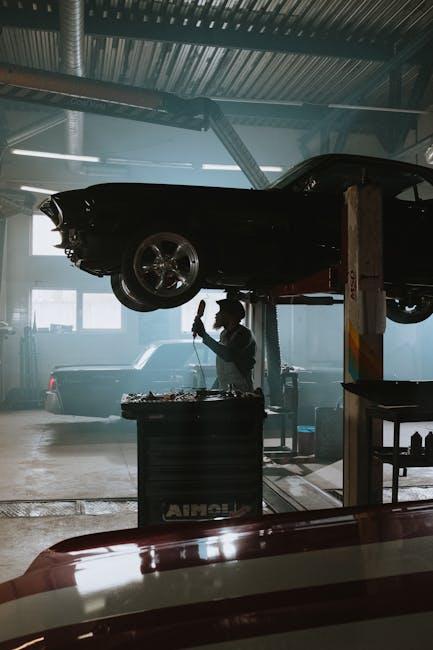
Interpreting the Final Report and Recommendations
After the inspection, you’ll receive a detailed report that breaks down the condition of your vehicle into clear, actionable points. This document not only highlights any existing problems but also prioritizes them according to severity, helping you understand what needs immediate attention versus what can wait. Look for clear explanations about each issue, supported by photos or diagnostic data, which makes it easier to grasp the implications and plan your next steps effectively.
The recommendations section is your personalized roadmap for maintenance and repairs. Professionals often provide options, including:
- Essential fixes that ensure safety and prevent major failures.
- Suggested improvements that enhance performance or longevity.
- Optional upgrades for those looking to boost comfort or aesthetics.
To further clarify, here’s a quick preview of how priorities might be categorized:
| Priority Level | Meaning | Example |
|---|---|---|
| High | Immediate attention required | Brake pad wear |
| Medium | Plan repair soon | Minor coolant leak |
| Low | Monitor condition | Tire tread moderate |
Understanding this final phase empowers you to make informed decisions, ensuring your car receives the care it needs while optimizing your budget and peace of mind.
Q&A
Q&A: What to Expect During a Professional Car Inspection
Q1: What exactly is a professional car inspection?
A professional car inspection is a thorough evaluation performed by a certified mechanic or technician to assess the overall condition of a vehicle. It’s more detailed than a casual glance and covers mechanical, electrical, and safety systems to ensure the car runs reliably and safely.
Q2: Why should I get a professional car inspection?
Whether you’re buying a used car, planning a long road trip, or simply maintaining your current vehicle, a professional inspection helps identify potential issues before they become costly problems. It gives peace of mind and can be a crucial negotiating tool when purchasing a car.
Q3: How long does a typical car inspection take?
Most inspections last between 30 minutes to an hour. However, depending on the vehicle’s complexity and the thoroughness required, it can sometimes take longer. The mechanic might need extra time to perform tests, check under the hood, or examine the undercarriage.
Q4: What areas of the car will be checked?
A comprehensive inspection usually covers:
- Engine and transmission health
- Brakes and suspension
- Tires and wheel alignment
- Electrical system including lights and battery
- Fluid levels and conditions (oil, coolant, brake fluid)
- Exhaust system
- Interior features and safety equipment
Q5: Do I need to do anything before the inspection?
It’s helpful if your car is clean and all fluids are topped up, but it’s not mandatory. The mechanic will perform their own checks regardless. Bringing your service history documents can also provide valuable context.
Q6: Will the inspector test drive the vehicle?
Often, yes. A test drive allows the mechanic to experience how the vehicle performs under real conditions, identifying any unusual noises, vibrations, or handling problems that don’t show up when the car is stationary.
Q7: How will I receive the inspection results?
Most shops provide a detailed report outlining what’s working well and what needs attention. This could be a printed document or a digital report with photos. The mechanic will often discuss the findings with you, explaining what repairs or maintenance are recommended.
Q8: Can a car inspection guarantee that no problems will occur?
While a professional inspection greatly reduces surprises by catching issues early, it can’t guarantee a vehicle will remain problem-free. Cars are complex machines, and some issues may develop over time or under certain conditions.
Q9: How much does a typical car inspection cost?
Fees vary based on location, the extent of the inspection, and the type of vehicle. On average, expect to pay between $100 and $200. Think of it as an investment in avoiding unexpected repair bills down the road.
Q10: Should I get my car inspected regularly?
Regular inspections are wise, especially with older cars. Many experts recommend a professional checkup at least once a year or before long trips. This proactive approach helps keep your vehicle safe and reliable.
By understanding the process and benefits of a professional car inspection, you’ll be better equipped to keep your vehicle in top shape and drive with confidence.
Insights and Conclusions
In the end, a professional car inspection is more than just a checklist—it’s a comprehensive journey into the heart of your vehicle’s health. Knowing what to expect transforms the experience from a routine chore into a well-informed step toward safety and peace of mind. Whether you’re gearing up for a purchase or routine maintenance, understanding this process empowers you to make smarter decisions on the road ahead. So, next time you hand over the keys, remember: beneath the hood and beneath the surface, a professional inspection is your trusted co-pilot steering you towards confidence and reliability.
